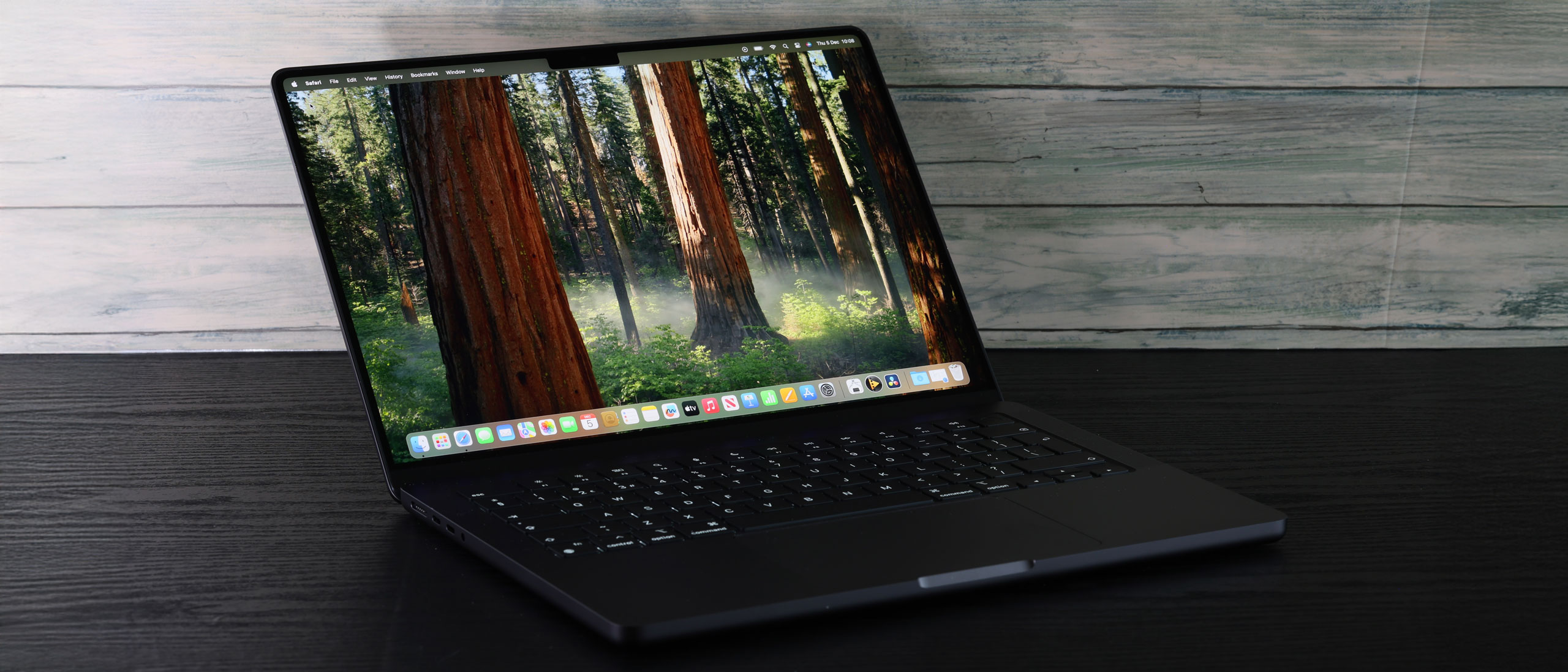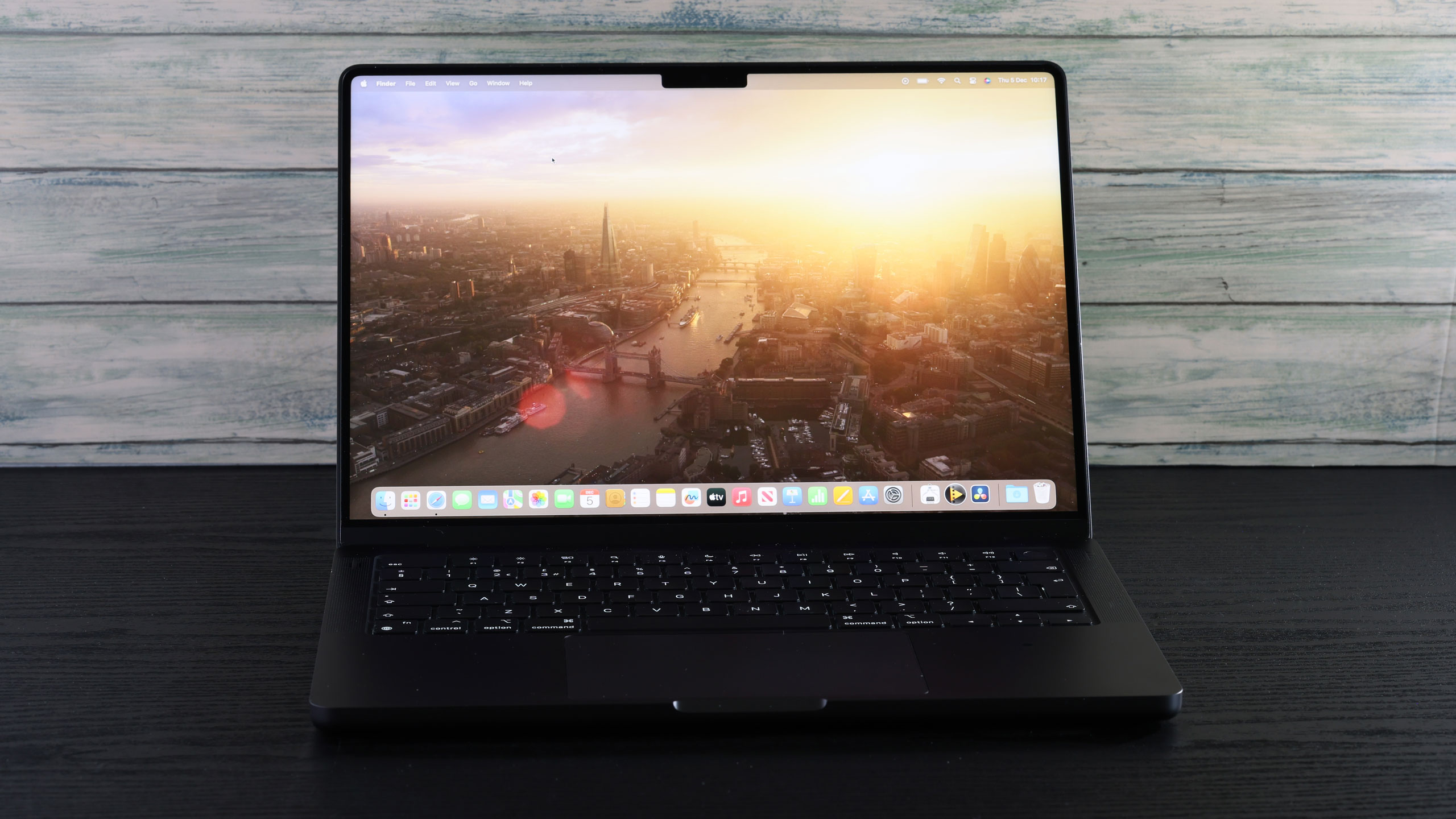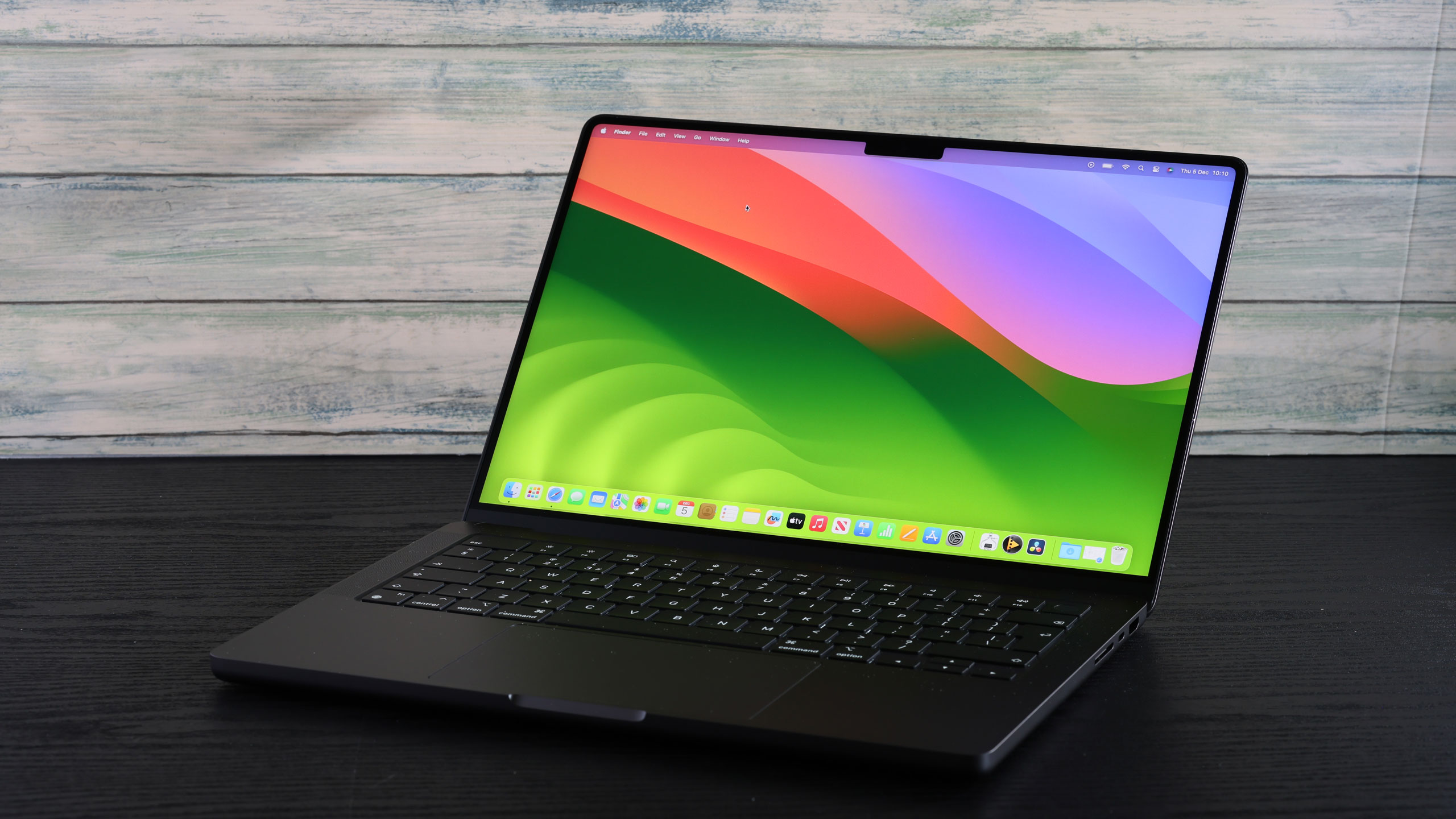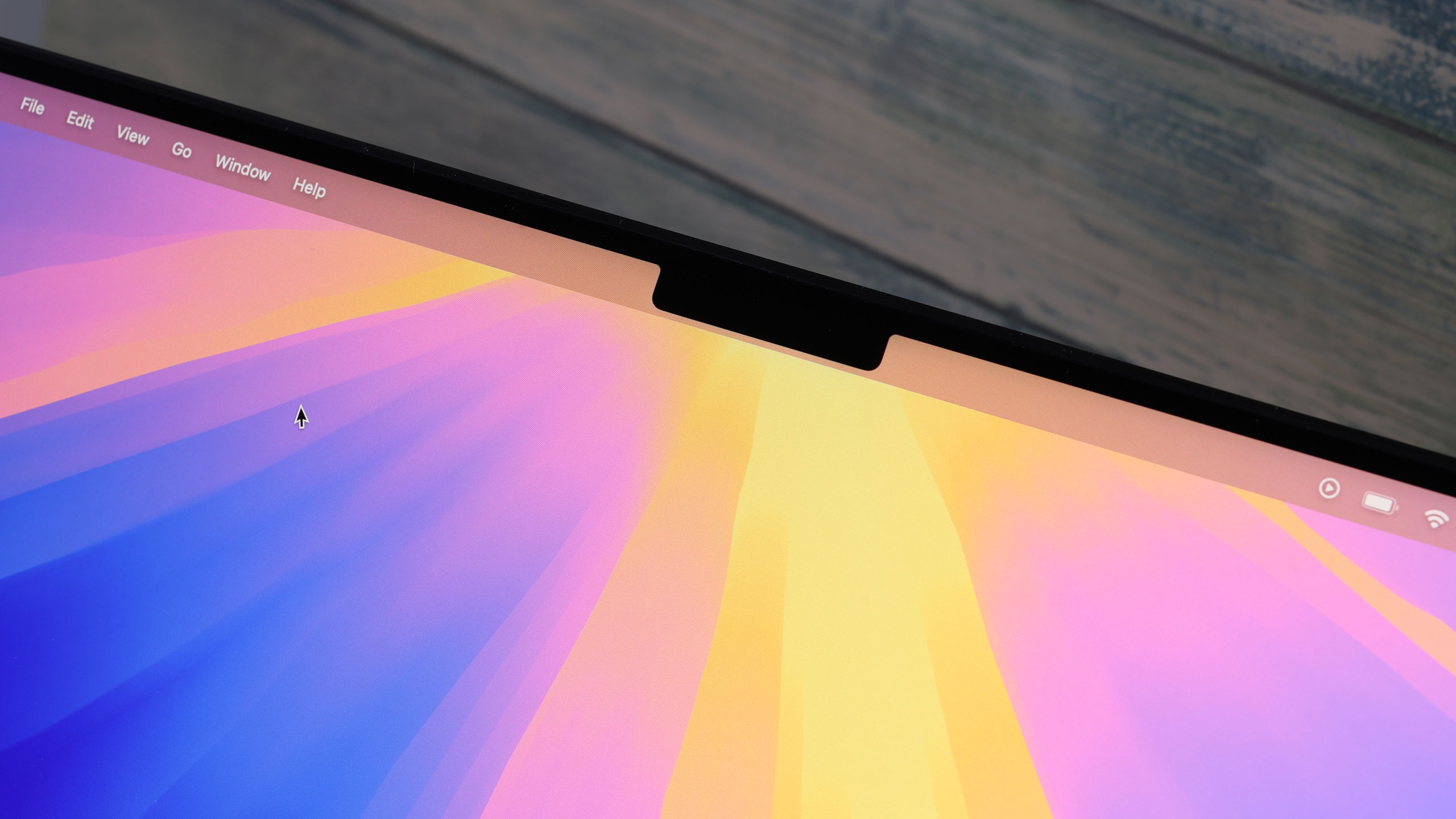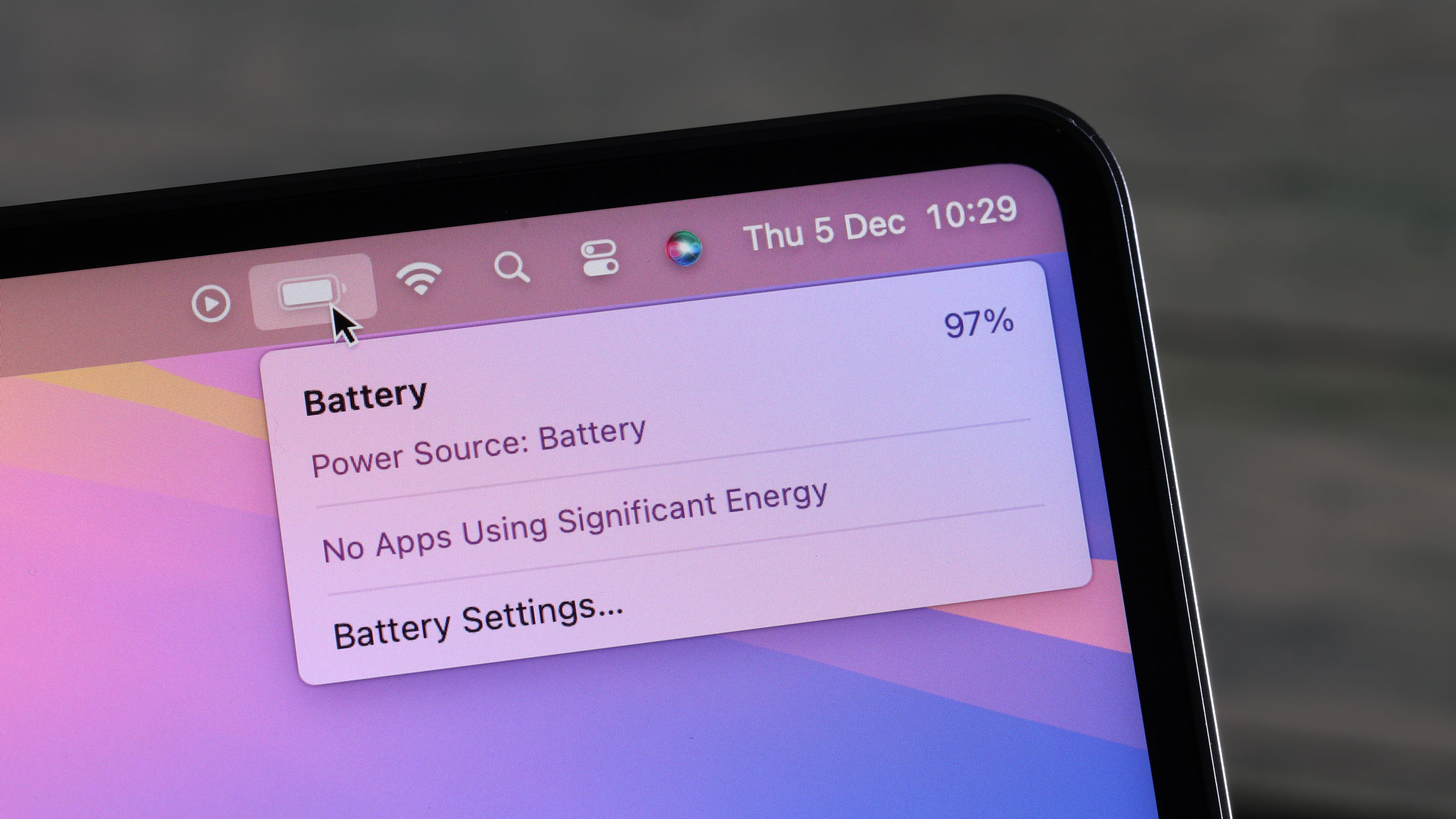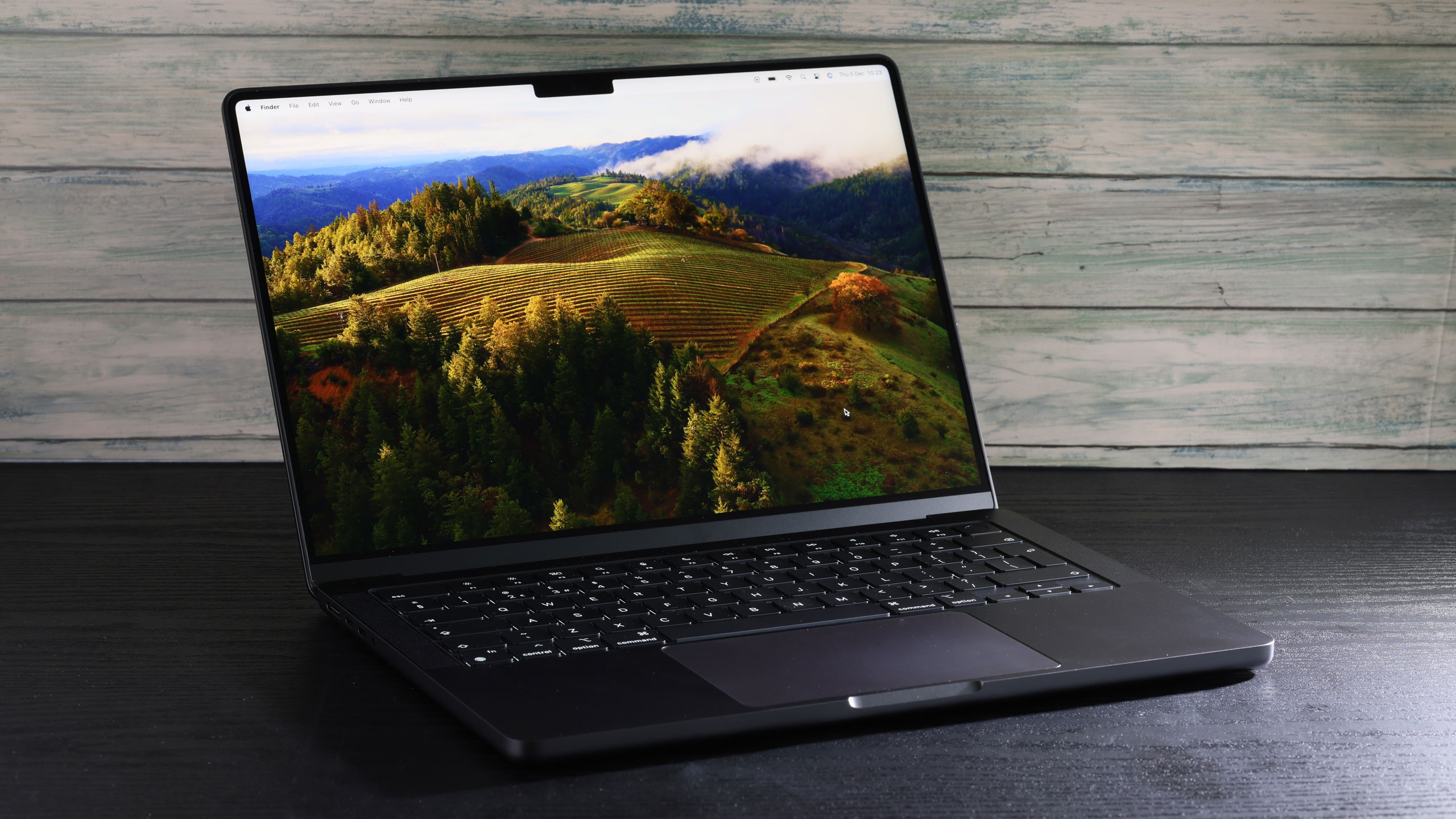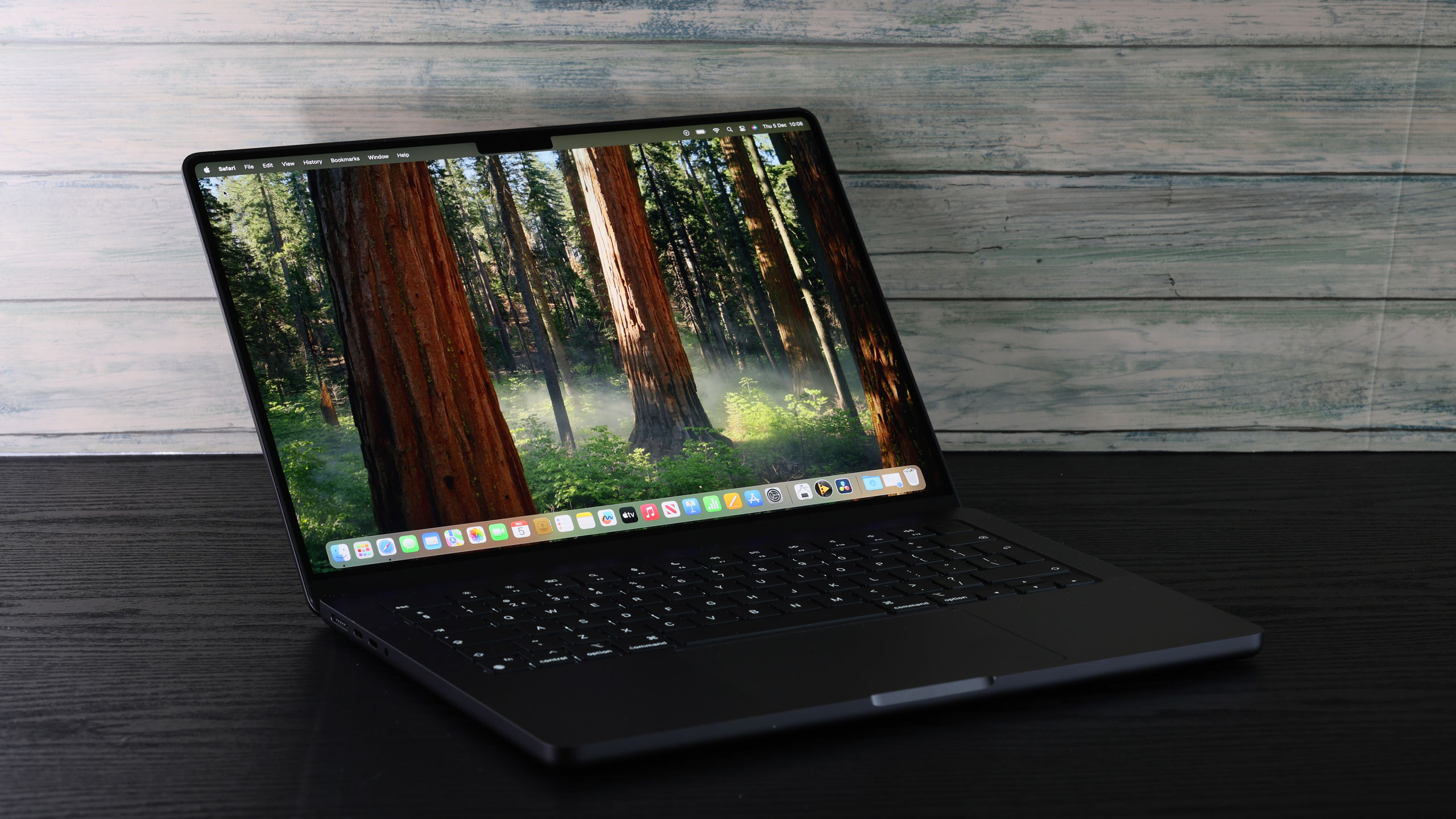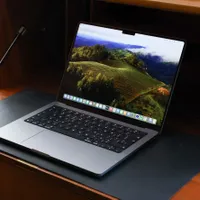Digital Camera World Verdict
The base-level MacBook Pro M4 14-inch is a powerful, beautifully made laptop with huge battery life, but when you start adding extras like a bigger SSD, more RAM or a faster processor, the costs can spiral out of control. It’s further complicated by the choice of regular M4, M4 Pro and M4 Max processors, and the maximum amount of RAM you can have is governed by your choice of processor. It’s best to think of the MacBook Pro M4 14-inch not as a single computer but a sub-range within the Apple ecosystem, and to choose exactly the upgrades you need and no more.
Pros
- +
Beautiful design, finish and construction
- +
Superb display
- +
Quiet, short-travel keyboard
- +
Huge battery life
Cons
- -
Upgrading the specs is expensive
- -
You can’t upgrade the hardware later
- -
Not a 16:9 display (if that matters)
Why you can trust Digital Camera World
Are you having trouble keeping up with Apple’s generational processor developments? The original Apple silicon, the M1 processor, arrived in late 2020. Since then we’ve had the M2 (2022), the M3 (2023) and now the M4 (2024). Each of these comes in regular, Pro and Max versions – the Pro and Max version are more powerful and support larger amounts of RAM. Not all of the computers in the Apple range get the latest processors at the same time, and the Pro and Max versions are often phased in later too.
As a result, while Apple certainly makes some of the best laptops you can buy, it’s not always easy to figure out which is the best Macbook to get at any one time, and it can sometimes look as if whatever you choose will be out of date within a year anyway. Not helpful.
On the other hand, I’m still using a 2013 Intel 13-inch MacBook Pro, and I only retired my 2017 Intel iMac last year, so I believe old Macs can still run pretty well in today’s world. The other thing to note is that Apple’s M4 performance claims still compare it to the original M1 processor, not the M2 or M3 in between – so we’re looking at generational improvements here, not overnight revolutions in computing technology.
Though the latest M4 processor does have some neat features. It supports on-device Apple Intelligence, for a start, via a Neural Engine that can also handle AI upscaling, AI video caption creation and many other AI advances.
The M4 chip also offers dynamic caching for optimized GPU use, which Apple claims will offer a huge performance boost for games and professional applications, and ‘second-generation’ hardware-accelerated ray tracing which also should benefit games.
It brings some more practical day to day benefits too. Apple claims the ‘longest ever’ battery life in a Mac of up to 24 hours, with a fast charge capability that can offer 50% capacity in just 30 minutes. That’s great for anyone who needs a computer for commuting/remote working, as is the integrated 12MP Center Stage camera that can follow you as you move around – plus a rather remarkable Desk View for showing documents to others in a video call, say.
The display on the 14-inch model is a Liquid Retina XDR panel with up to 1,600 nits brightness for HDR and 1,000 nits for SDR. It’s not 16:9 or 4K UHD, but with 3024 x 1964 resolution in a 14-inch display, it looks ultra-sharp. You can connect up to two external monitors, or four if you opt for the M4 Max model.
The best camera deals, reviews, product advice, and unmissable photography news, direct to your inbox!
The new M4 MacBook is pretty well stacked up with ports, too, including three Thunderbolt/USB 4 ports (you can get Thunderbolt 5 on the Pro and Max models), and HDMI port (handy for some monitors) an SD card slot, headphone socket and a MagSafe power socket.
Apple MacBook Pro 14 M4 Pro: Specifications
This is where it gets messy. The MacBook Pro M4 14-inch Apple sent us for review was specced-up with the M4 Pro processor, 48GB RAM and a 2TB SSD, which made it considerably more expensive than the base model. This will affect the benchmarking figures we achieved – you can expect the base M4 model to be slower and the M4 Max to be faster. These things are relative, however, and the regular M4 chip is still very fast and powerful.
Our table below splits the specs into what’s available for the regular M4, M4 Pro and M4 Max variants. Our test machine falls roughly in the middle of the performance range but is a lot more expensive than the base model.
| Processor | Apple M4 / M4 Pro / M4 Max |
| CPU | 10 core / 12-14 core / 14-16 core |
| GPU | 10 core / 16-20 core / 32-40 core |
| Memory | 16-32GB / 24-48GB / 36-128GB |
| Storage | 512GB-2TB / 512GB-4TB / 1TB-8TB |
| Ports | 3x Thunderbolt/USB 4, HDMI, SD card slot, headphones, MagSafe 3 power socket |
| Dimensions | 31.26 x 22.12 x 1.55cm, 1.55kg |
Apple MacBook Pro 14 M4 Pro: Price
The starting price for the MacBook Pro M4 14-inch is $1,599 / £1,599, which seems pretty reasonable for a laptop with this much performance and this level of build quality. The base model has the same excellent display and battery life as the other M4 14-inch variants, and comes with 16GB RAM and a 512GB SSD. That’s not bad, and certainly better than the miserly 8GB and 256GB we’ve seen before in base models. Is it enough for photographers and video editing? It might well be.
The model we tested had the M4 Pro chip, 48GB RAM and a 2TB SSD, which pushes the price up to a pretty terrifying $3,199 / £3,199 – almost double. This is why you have to be very careful when choosing your extras. And be aware too that Apple’s highly efficient on-chip memory and internal design optimizations mean that you can’t upgrade later. The RAM and storage you specify when you buy is what you will have for ever. (Thank goodness for external SSDs.)
If you want a real shock, a maxed-out MacBook Pro M4 Max 14-inch, with the fastest M4 Max variant, 128GB RAM and an 8TB SSD will cost $6,899 / £6,899, which sounds pretty insane – but then you are getting high-level production hardware in a laptop, which is pretty impressive in itself.
Our recommendation? To keep costs under control but still get usable storage and performance, we’d go for a regular M4 upgraded with 32GB RAM and a 1TB SSD. That pushes the price up to $2,199 / £2,199, but that seems pretty reasonable for a laptop of this quality and performance, and should keep you going for a good few years.
Apple MacBook Pro 14 M4 Pro: Design and operation
The MacBook Pro is not a cheap option. There are plenty of Windows laptops that cost way less than this while appearing to offer comparable specifications. What you get with a MacBook though is a combination of design and build quality that’s hard to give up when you’ve got used to it.
There are no creaky or easily scratched plastics, and no trip-hazard power bricks and cables. You get a quiet, backlit keyboard with positive, short-travel keys that have raised bars on the ‘f’ and ‘j’ keys, ‘home’ keys for touch-typists. Top right, there’s a fingerprint/sleep button for hiding your screen if you step away at work – or you can just close the lid. Everything is simple, stripped back and just works.
The power cable does deserve a special mention. There’s no separate power brick here because the power supply is built into the wall plug. This means you just have a slim, flexible, fabric-covered cable to the MacBook’s MagSafe 3 port. This has a magnetic plug that shows an amber lamp when charging or a green lamp when charging is complete. If anyone kicks the cable as they walk past, it just disconnects; it doesn’t drag your laptop off your desk.
The display is pretty spectacular too. It’s neither a 1080 display nor a 4K display, but a kind of 3K display somewhere in the middle – but on a 14-inch screen, this produces such a fine pixel pitch that you just never see any pixels. It’s a shame it’s an odd ratio closer to 16:10 than 16:9, and this could be irritating if you want to do any 16:9 screen recording or playback. The notch at the top for the camera looks as if it could be irritating too, but in practice, it’s usually obscured by the menu bar when you’re working. If you’re tapping away outdoors in daylight, the 1,600-nit maximum brightness is invaluable or, if you’re typing the in the dark, this can be lowered to an incredible 1-nit.
Should you get the 14-inch MacBook Pro M4 or the 16-inch? The larger screen might be tempting, but it can also be a liability on planes, in trains or on buses where there’s often not much room to get the screen open. The 14-inch screen is a nice compromise between size and practicality.
Will you actually get Apple’s claimed 24-hour battery life? That depends on what you’re doing – probably not. But the battery capacity really pays off on a daily commute, where you can just shut the lid when you arrive at the office and open it up to start work again later. You might go a couple of days, maybe a week, before you need to plug it in again, depending on how often you use it and for how long.
It’s worth mentioning the speakers, too, as the audio performance is pretty remarkable for a laptop. It lacks a little bass, not surprisingly, and it doesn’t go super-loud… but loud enough! It’s great for streaming a movie while you’re working in the kitchen, for example, and there’s always the headphone port when you’re in the office or commuting.
The MacBook Pro M4 is a fairly expensive device, but the quality of the materials and operation constantly remind you that you’re not just paying for the brand, but for design finesse too.
Apple MacBook Pro 14 M4 Pro: Performance
We’ve included benchmarking scores for our review machine, which uses the M4 Pro chip rather than the regular M4 processor, so keep that in mind. We’ve also including results from the previous MacBook Pro M3 14-inch and MacBook Air M3 13-inch (still current).
| Header Cell - Column 0 | MacBook Pro M4 Pro 14-inch | MacBook Pro M3 14-inch | MacBook Air M3 13-inch |
|---|---|---|---|
| GeekBench 6 Single Core CPU | 3907 | 3118 | 3026 |
| GeekBench 6 Multi Core CPU | 22870 | 11744 | 11285 |
| GeekBench 6 OpenCL | 70061 | 30430 | 30461 |
| CineBench r23 Single Core CPU | 2266 | 1901 | 1898 |
| CineBench r23 Multi Core CPU | 22279 | 10443 | 8317 |
It’s significant that Apple’s published speed improvements of up to 3-3.4x are against the original M1, M1 Pro, and M1 Max processors. That speed gain doesn’t seem quite as impressive when two intermediate M2 and M3 processor generations have been skipped.
Our benchmarking tests do favor the test machine, which was equipped with the M4 Pro chip rather than the regular M3 processor in the other models in our table. Even so, the single-core speed gain is pretty modest and, while the multi core score shows a bigger gap, it may not be enough to sway existing users considering upgrading. The greatest gain for the new M4 processor appears to be for graphics-intensive applications and processes.
Keep in mind that a faster processor won’t make your external drives spin any faster or make web pages or web-based processes run any faster. In everyday use, your laptop’s processor is rarely going to be a processing bottleneck.
Apple MacBook Pro 14 M4 Pro: Verdict
Is it worth upgrading an existing M3, M2 or even M1 MacBook to the latest M4 version? Possibly, in a couple of scenarios. The first is that your old MacBook is worn out or its battery is near the end of its life. The second is that with hindsight you underspecced your old machine and now you need one with a lot more performance or, more likely, more RAM or a bigger SSD.
The fact is, though, that the original Apple Silicon, the M1 processor family, was the big step-change in performance for Apple; everything generation since then has been faster, but not in the same game-changing way.
If you’re upgrading from an older Intel MacBook, the M4 MacBook is the logical upgrade, and the difference in performance is likely to leave you pretty spellbound. And while the MacBook M4 is expensive, you do get a lot for your money – not just in specifications, but in design, operation and build quality. The screen and the battery life alone are exceptional.
Something else has changed too. The base MacBook Pro M4 model now comes with 16GB RAM rather than the borderline useless 8GB RAM in its predecessor. You also get a 512GB SSD in the base model so, unlike previous MacBooks, even the cheapest M4 model has enough grunt for most creatives – certainly enough for photography, and probably enough for mid-range video editing.
| Features | Very fast, massive RAM and SSD capacities – at a price | ★★★★★ |
| Design | Superb screen, amazing battery life, great keyboard | ★★★★★ |
| Performance | Extremely fast, but evolutionary performance gains rather than revolutionary | ★★★★☆ |
| Value | Fast and powerful and exceptionally well made | ★★★★☆ |
Should you buy the Apple MacBook Pro 14-inch M4 Pro?
✅ Buy this...
- If your old MacBook Pro is worn out and needs replacing
- If your existing laptop is too slow for your current apps and workflow
- If you need a slick, well-made portable workhorse with great battery life
🚫 Don't buy this...
- Just to stay current – if your existing laptop or MacBook is fast enough, why change it?
- If you don't care about design and just need the most power for the least money
Alternatives
The MacBook Air 13-inch M3 is lighter than the 14-inch M4 Pro, both physically and in terms of cash outlay. If portability and value are higher on your list than sheer power, it's a compelling alternative
Apple's M4 processor is an improvement on the previous M3, but it's incremental, so that older MacBook Pro 14-inch M3 offers almost the same power but a potentially lower price, as many retailers sell 'last year's' Macs at bargain prices.

Rod is an independent photography journalist and editor, and a long-standing Digital Camera World contributor, having previously worked as DCW's Group Reviews editor. Before that he has been technique editor on N-Photo, Head of Testing for the photography division and Camera Channel editor on TechRadar, as well as contributing to many other publications. He has been writing about photography technique, photo editing and digital cameras since they first appeared, and before that began his career writing about film photography. He has used and reviewed practically every interchangeable lens camera launched in the past 20 years, from entry-level DSLRs to medium format cameras, together with lenses, tripods, gimbals, light meters, camera bags and more. Rod has his own camera gear blog at fotovolo.com but also writes about photo-editing applications and techniques at lifeafterphotoshop.com
